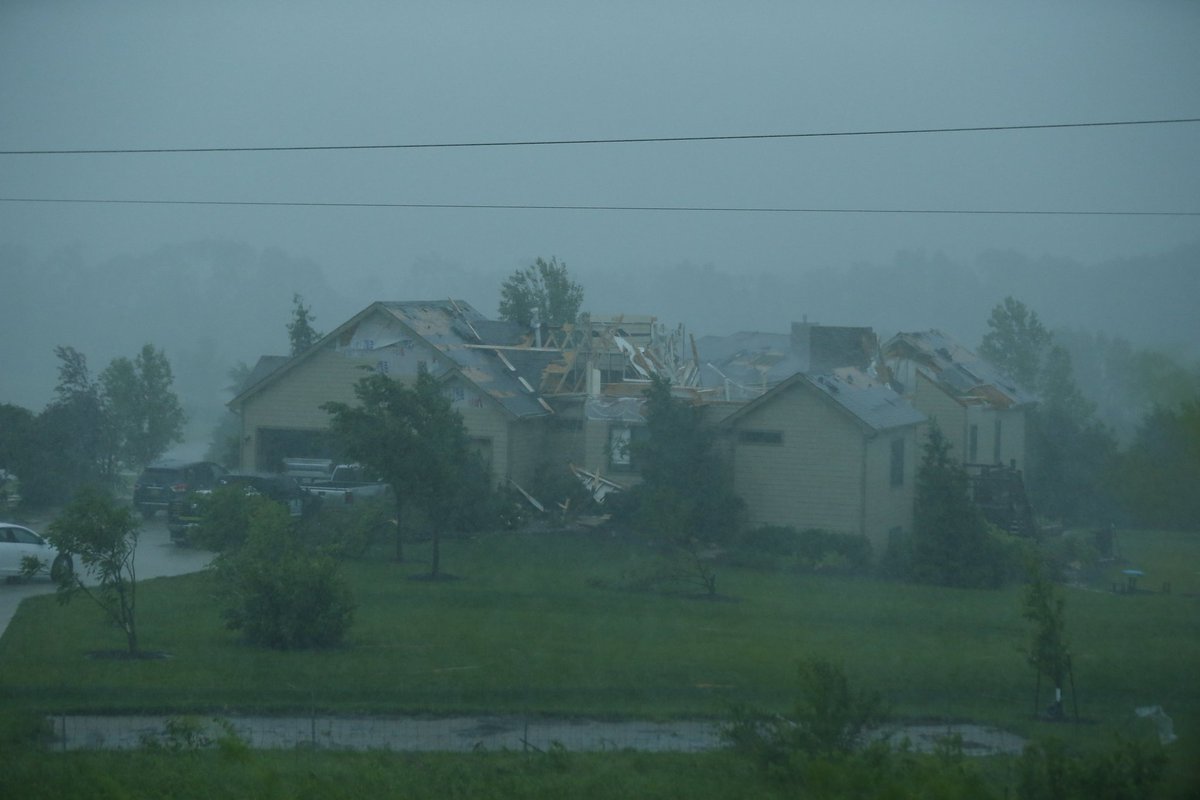Abstractly, borders & boundaries delimit an area where a set of values apply.
(Value = criteria for admissible behavior, including “for the sake of whom”)
Breaking one of those values (or threatening its substitution) is seen as a trespassing, as an invasion.
[1/4]
Abolishing a physical boundary doesn’t remove the feeling of an abstract boundary being trespassed when values are violated
If values clash, so do abstract boundaries, regardless of physical ones. Trespassing is inevitable
It also predicts that if the removal of physical boundaries is enforced, then a clash of abstract ones is inevitable.
Such conflicts can be internal or released externally (protests, fights, wars, …)
People with opposing values in the same territory is ”potential conflict energy” about to explode.
They do so by:
- grouping together people with similar values/incentives
- limiting the area to which one feels his values should apply (eg my room / my house / my country)
The more fractal the borders, the more fractal the ownership, the more each asset is specifically owned, the more owners are incentivized for its long-term maintenance.
- conflicting values expected by different people in the same territory, i.e. large “potential conflict energy”
- multiple ownership of assets and thus a “problem of the commons”
- they increase possible maximum social distance within a border, thus limiting the effectiveness of “peer policing” & “social punishment”
- one bad apple can incentivize many more rather than being kicked in the ass
- scale matters
(In this thread, I instead focus on values & how borders, both physical & abstract, emerge)
Absence of borders diffuses incentives to consume.













